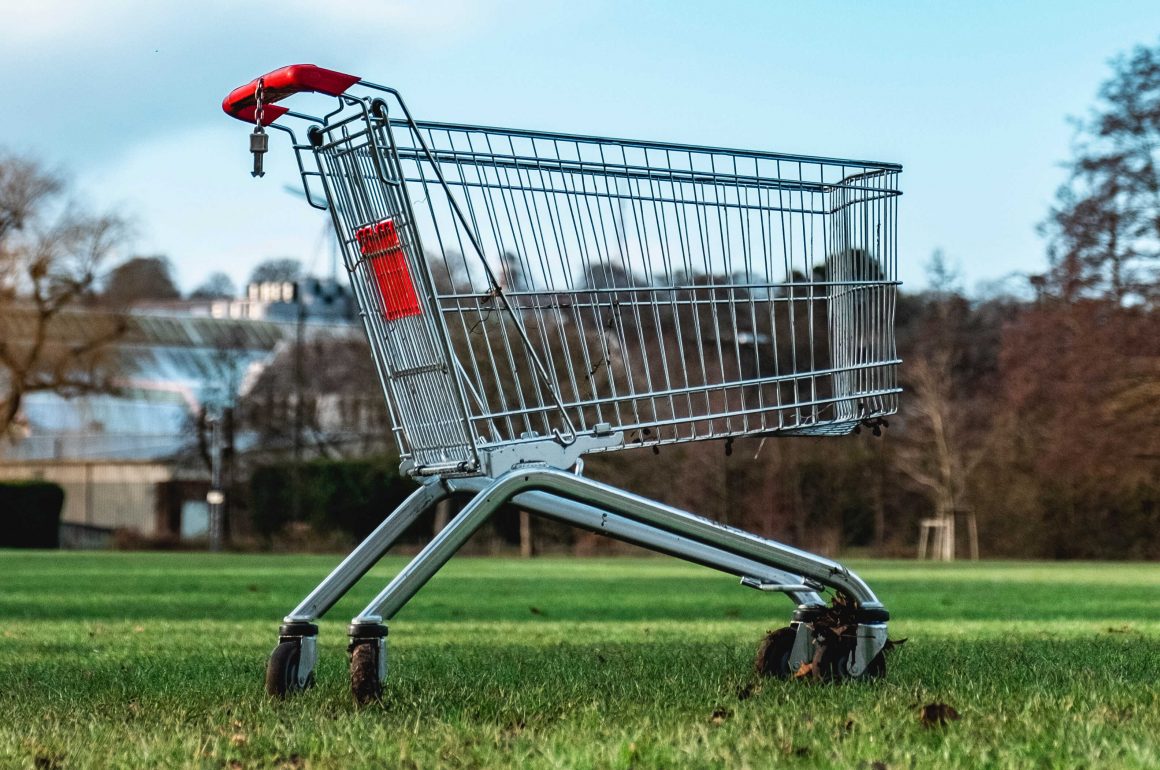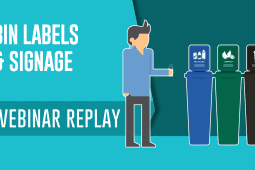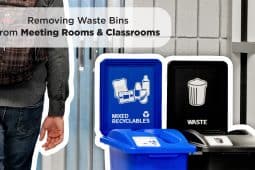The 21st century brought us many innovations with one of the most relevant today being the boom of online shopping. It may seem like second nature to us now, but at that time it was first introduced, people could not believe that they would be able to purchase anything they wanted without leaving the comfort of their very own homes.
To most people, the number one perk of doing all of their shopping online is convenience. Although, while we assume because we are shopping virtually and not requiring paper catalogs, or fuel to travel to a store that buying online must be a more sustainable option for the environment; unfortunately, this is where we are wrong. If you have ever purchased a package online and had to dig through 3 layers of plastic packing airbags to find your bubble-wrapped item at the bottom of a large box, you may already be aware of some of the environmental problems associated with online shopping. Packages delivered directly to households have become an increasingly significant contributor to landfill waste as they contain additional amounts of plastic and/or paper packaging inside of each box.
Therefore, what do we do? What’s better, going to a mall or shopping online? An increase in harmful gas emissions or more waste in our landfills? Unfortunately, the answer is not a simple one.
Online Shopping And What It Means For Our Landfills
Most online orders are of individually packaged products that are packed with a considerable amount of added packaging material (plastic/paper/Styrofoam) and shipped in cardboard boxes. As more and more people are choosing to do their shopping online, all of the extra materials used for shipping are starting to add up extremely fast. According to a report done in 2015 by Moore Recycling Associates, consumers recycle less than seven percent of all plastic film and wrap they receive with their online shipments, also, most of these materials can’t even be recycled! This means that of the thousands of items ordered every day, ninety-three percent of the waste created by these packages are ending up in a nearby landfill.
Our landfills are starting to feel the burden of our online shopping habits, according to Statistics Canada; garbage disposal for Canadian households increased to a whopping 9.9 million tonnes in 2014, and the waste only continues to grow annually. 75% of all of our waste heads to landfills each year, and this rate has remained stagnant for the last decade!
Traditional Shopping Malls, A Strong Competitor
Based on the information about online shopping it seems that buying from a physical store should be the answer to our delivery waste problem, yet, it raises issues of its own. Shopping in a store may require less plastic and cardboard, but most stores tend to use plastic bags, which we know are single-use plastic items. Still likely producing less plastic than online packaging, shopping at malls is also far less energy efficient than buying online. The energy needed to keep a brick-and-mortar location operating, as well as gas emissions from massive amounts of people traveling to stores, means that malls may not be a viable answer to our waste issue. A short round-trip to the nearest store will not release an unusual amount of air pollution, but the thirty-kilometer drive to your favorite mall will become a significant source of air pollution as more and more people go and visit it.
Speaking of cars and shopping, you may be wondering why delivery vehicles haven’t been mentioned yet, as they must be a more prominent pollutant than someone driving to the mall. The argument can be made that online delivery vehicles, because of their larger loads, do pollute at greater amounts than a regular car driving round-trip from the mall, but to fairly compare the two transportation methods they must be measured equally.
It’s correct that the harmful transmissions released by a fully loaded delivery truck are greater than that of two people driving, but when taking into account the volume on board of both vehicles, the individual people become the more inefficient source of emissions. This is because although the individual people are using less energy, they are transporting only a personal amount of product, as opposed to the delivery truck driver whose emission is divided by the number of packages he carries.
The Verdict
Both malls and online shopping are not beneficial to our environment, but it’s important to understand they are harmful in different ways.
Many different factors in a person’s life go into considering the solution to this issue, and it’s possible the better option for you is not the better option for someone else. This dilemma requires you to consider the factors you put into your own shopping. Maybe you walk to your nearest mall, or live fifty kilometers away from most stores and use condensed shipping.
Although both online and in-store shopping have their own unique faults and strengths, the ultimate decision lies with you. As the consumer, you hold all the buying power in this decision, so the least you can be is well informed. Something to consider however is the greener alternatives to either of these shopping methods such as upcycling clothing, buying secondhand, or asking yourself if you really need to buy something.
Sources
https://www.nbcnews.com/business/consumer/all-online-shopping-has-cardboard-consequences-n773656
https://www150.statcan.gc.ca/t1/tbl1/en/tv.action?pid=3810003201
https://www.treehugger.com/culture/online-shopping-vs-driving-to-the-mall-the-greener-way-to-buy.html
https://www.ontario.ca/page/strategy-waste-free-ontario-building-circular-economy








